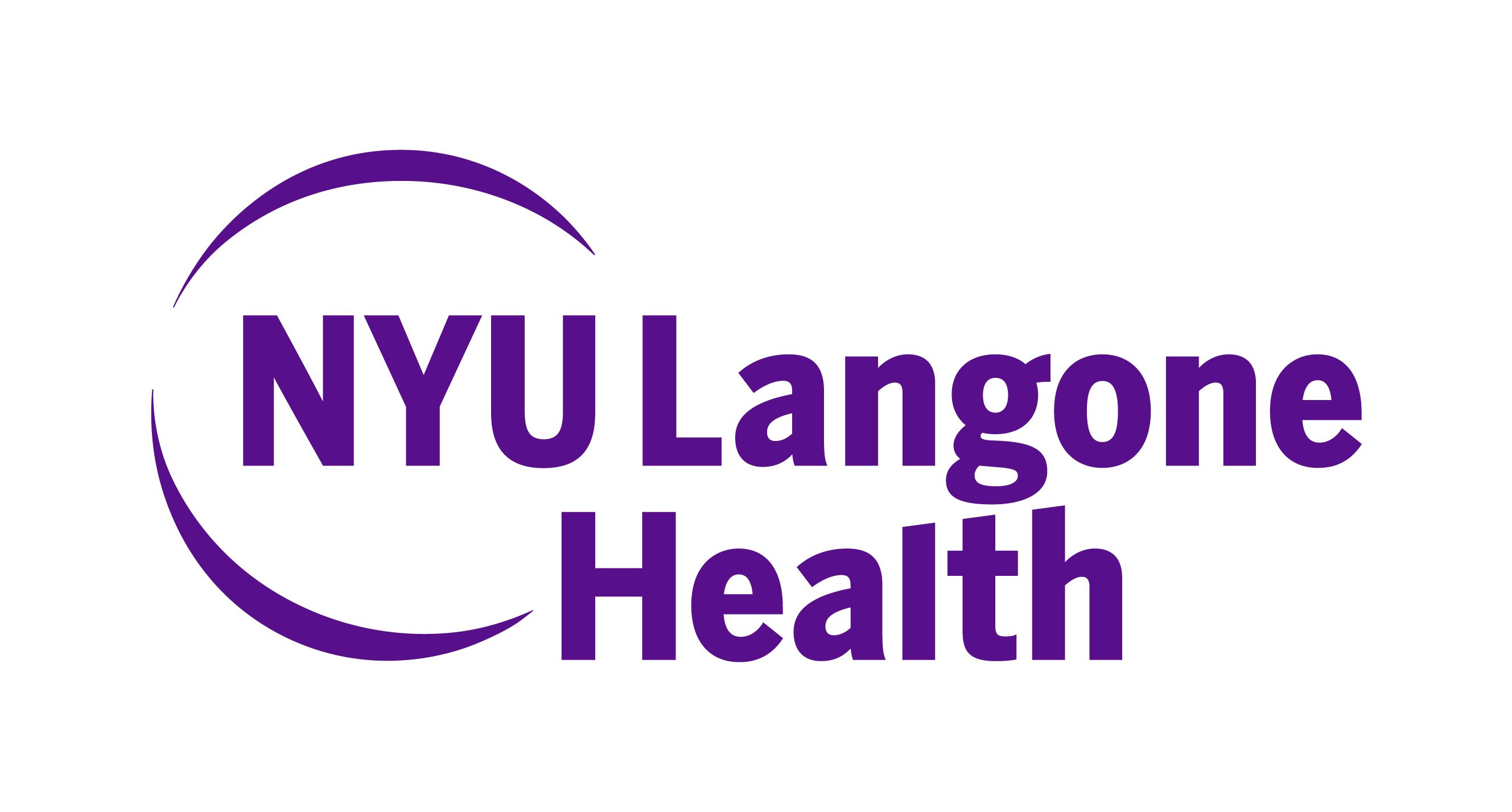
Advancing Epilepsy Treatment With Novel Approaches and Predictive Technologies: Jacqueline A. French, MD

The professor of neurology at NYU Grossman School of Medicine discussed how innovative startups are using proof-of-concept studies and devices like responsive neurostimulators to improve patient outcomes. [WATCH TIME: 6 minutes]
WATCH TIME: 6 minutes
“This is just the beginning. With the [responsive neurostimulation] and other upcoming implanted devices, we’re entering an era of even more advanced seizure detection and prediction.”
Previous studies have explored the use of long episode (LE) frequency on responsive neurostimulators (RNS) to predict changes in clinical seizure (CS) frequency in patients with drug-resistant focal epilepsy following the initiation of antiseizure medications (ASMs). In one study, LE frequency correlated with clinical seizure frequency, highlighting its potential as a predictive biomarker. As traditional trials often require large patient cohorts to detect treatment effects, utilizing biomarkers like LE frequency in novel proof-of-concept (POC) designs could streamline the process, potentially requiring fewer patients to demonstrate a treatment signal.
In a newly presented study, researchers investigated the optimal LE frequency reduction threshold to predict clinically meaningful reductions in CS frequency following the initiation of a new ASM. Analyzing data from 45 patients with the RNS System, investigators observed that the median reduction in LE frequency was 30% and the median reduction in CS frequency was 50%. Specifically, patients who achieved at least a 30% reduction in LE frequency were more likely to experience at least a 50% reduction in CS frequency, with a 70% response rate. Cut points of at least 30% and at least 50% reductions in LE frequency were identified as predictive of clinically meaningful and profound reductions in CS, respectively. These findings support the use of LEs as a reliable biomarker in POC studies, offering a positive predictive ability for clinical efficacy in later stages of ASM development.
The results from this study were presented at the recently concluded
REFERENCES
1. Gammaitoni A, Morrell M, French J, et al. Optimal Cut Point for Reduction in Long Episode Frequency to Predict Meaningful Change in Clinical Seizure Frequency. Presented at: AES 2024; December 6-10; Los Angeles, CA. Abstract 1.494
Newsletter
Keep your finger on the pulse of neurology—subscribe to NeurologyLive for expert interviews, new data, and breakthrough treatment updates.




















